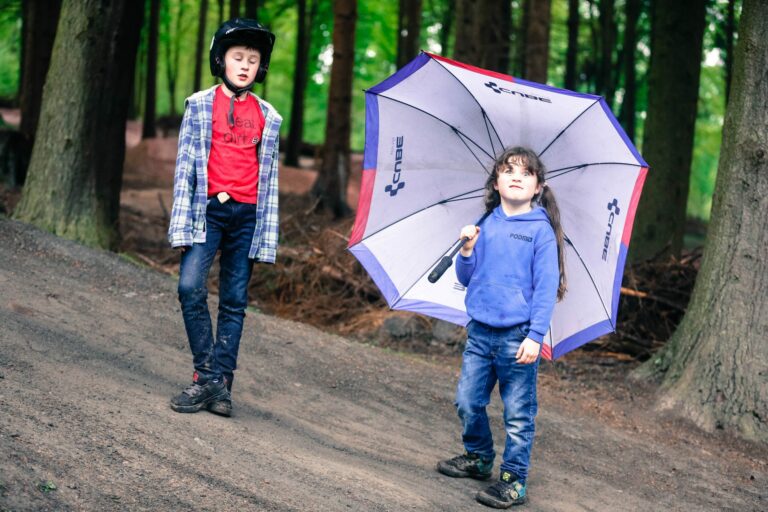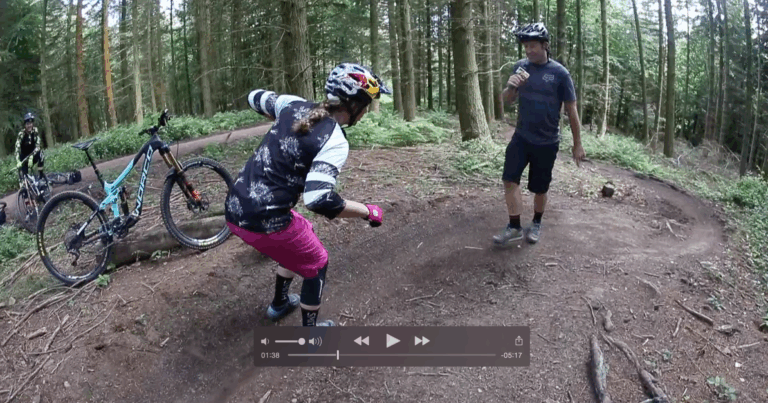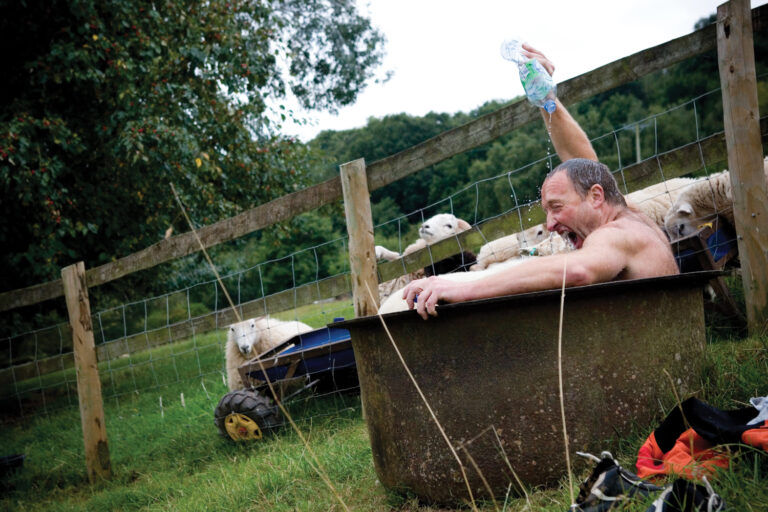
From Dirt Issue 130 – December 2012
Words by Darren Roberts. Photo by Sven Martin.
There was a time, in a lot of action sports, when training for it was not ‘cool’. That time was not that long ago either. Simply turning up on the start line after a particularly heavy night and with very little sleep was encouraged, it was normal. However like any sport, as they progress, the level of competition gets greater each year. The events and competitions get bigger, as do the performances and tricks – everything gets faster and ultimately becomes professional. Which by default means the athletes themselves become professional, and prepare physically and mentally as ‘professional athletes’.
Inevitably this leaks down to the weekend warrior, just as with equipment the pro’s use – the training they do is something people want to emulate. So now the question isn’t whether you should or shouldn’t prepare for your sport, but what preparation you should do to maximise your performance, in this case on a bike.
Clearly the training a professional downhill or enduro racer needs to do and the training someone who shreds with friends at the weekend differs…but not as much as you think. There’s also a lot of conflicting information out there about what to do, from straight up copying what an elite does to internet forum based received wisdom. The fact is no one really knows exactly what training a DHer needs to do and no one (despite what they might say) is an expert – me included. We’re all making what are in effect extremely educated guesses based on a number of factors.
The obvious and most important thing is that you can ride your bike, a technical inability to rail a berm confidently or clear a jump without casing it is not going to be solved purely in the gym. Two–thirds of our performance goal setting and planning process with an athlete is technical and competition based, with the remainder about physical and mental aspects.
As I see it, the main areas to concentrate on to help maximise your performance on a mountain bike are:

To be able to act and react not just with big movements, but with fine motor (muscular) control. The more randomised this training is the better, which should always try and incorporate some sort of accuracy like catching a ball or landing on a specific spot. Reaction balls, and game based activities are the best – essentially all the things we did as children but have either had it coached out of us or stopped doing it as we grew up. This also helps with the mind–body connection, your vision, perception, general overall body awareness and decision making ability. All are vital to help you ‘perform’ in the dynamic reaction based environment you find yourself in on a mountain bike.
 STRENGTH
STRENGTH
You need to be able to throw you’re own bodyweight around and control it. You’re using your body weight as a dynamic moving part on the bike, so you need to be able to control your own body weight! There are lots of different types of strength: max strength, strength endurance, etc. Ultimately the more reps you can do with your own body weight through a full range of movement at the joints, using complex movements (i.e. more than one joint moving) the better. This is also obviously ‘global’, meaning front to back and top to bottom on your body. However, this is something you need help with, moving your body weight around is something you should do under supervision to technically complete it.
 CONDITIONING
CONDITIONING
This is a posh word for fitness. It’s about your ‘engine’ and the better your engine, the better you’re able to tolerate the world around you, whether that’s a World Championship race schedule with all the traveling, or the stress of your day job. My preferred method for this is metabolic conditioning, it puts the central nervous system under a huge amount of stress and importantly there is a large mental strength element to it. Ultimately the mind gives in before the body, and it’s the mind that tells the body what to do. So any opportunity to incorporate mental strength into preparation is seized upon.
It’s simply about applying common sense to what you’re doing off the bike. If at any point you find yourself stood on a Swiss ball waving a kettle–bell around, ask yourself if you are preparing for the circus or to ride a bike…does it make sense? You need to recover properly in between sessions physically, mentally and nutritionally. Constantly challenging yourself brings about an adaptation. Doing the same thing over again and something you can already do, will not. I encourage all of our cycle based athletes to ride moto, trials, dirt jumps, etc. and if they ask me whether they should hit the gym or the MX track, I’m the first to say get the MX or trials bike out! Of course the price of this advice is the dreaded phone call, “…err…Cone…I’ve…er…crashed…”
Darren Roberts is Head of High Performance at Red Bull UK working with the likes of the Atherton family, Danny MacAskill, MX enduro star David Knight and many, many others. He’s also worked with premiership rugby and football teams and individuals, and presents conferences on performance management of extreme sports athletes right through to more traditional sports. He’s a man with fingers in lots of pies! Next issue: Injuries.This article is part of the Work Out series. You can find the rest of Darren Roberts’ training tips through the links below:
[series]





